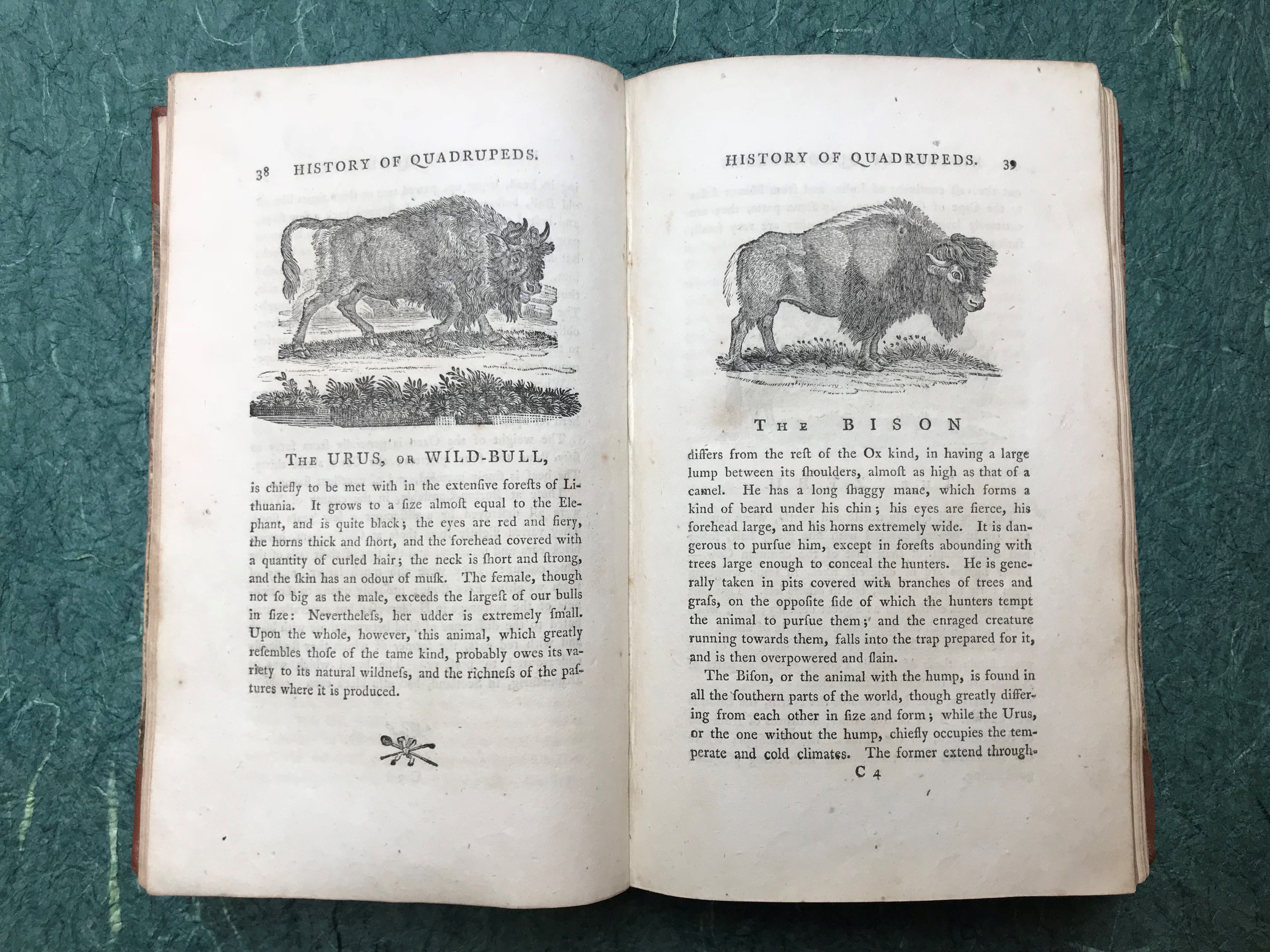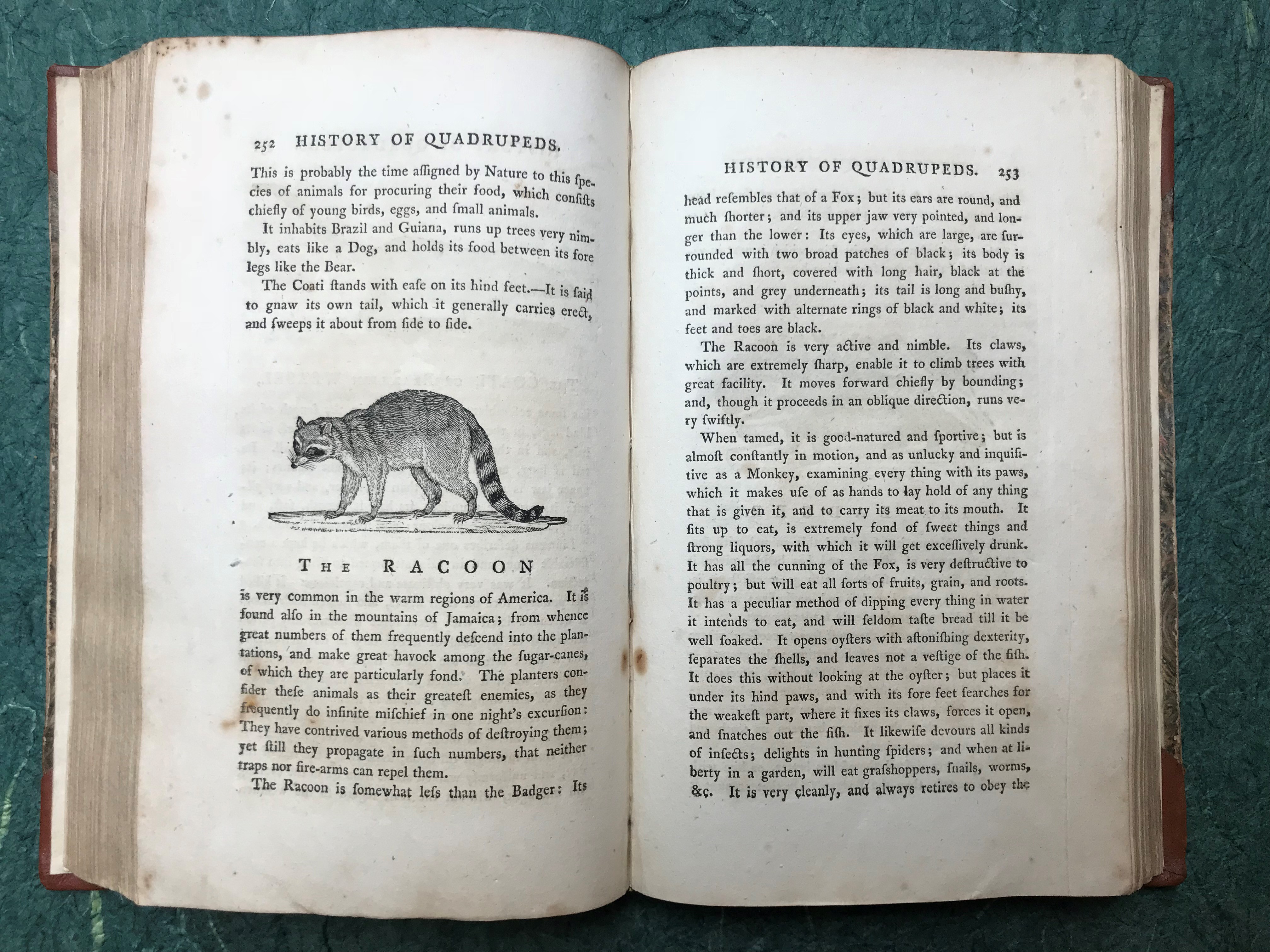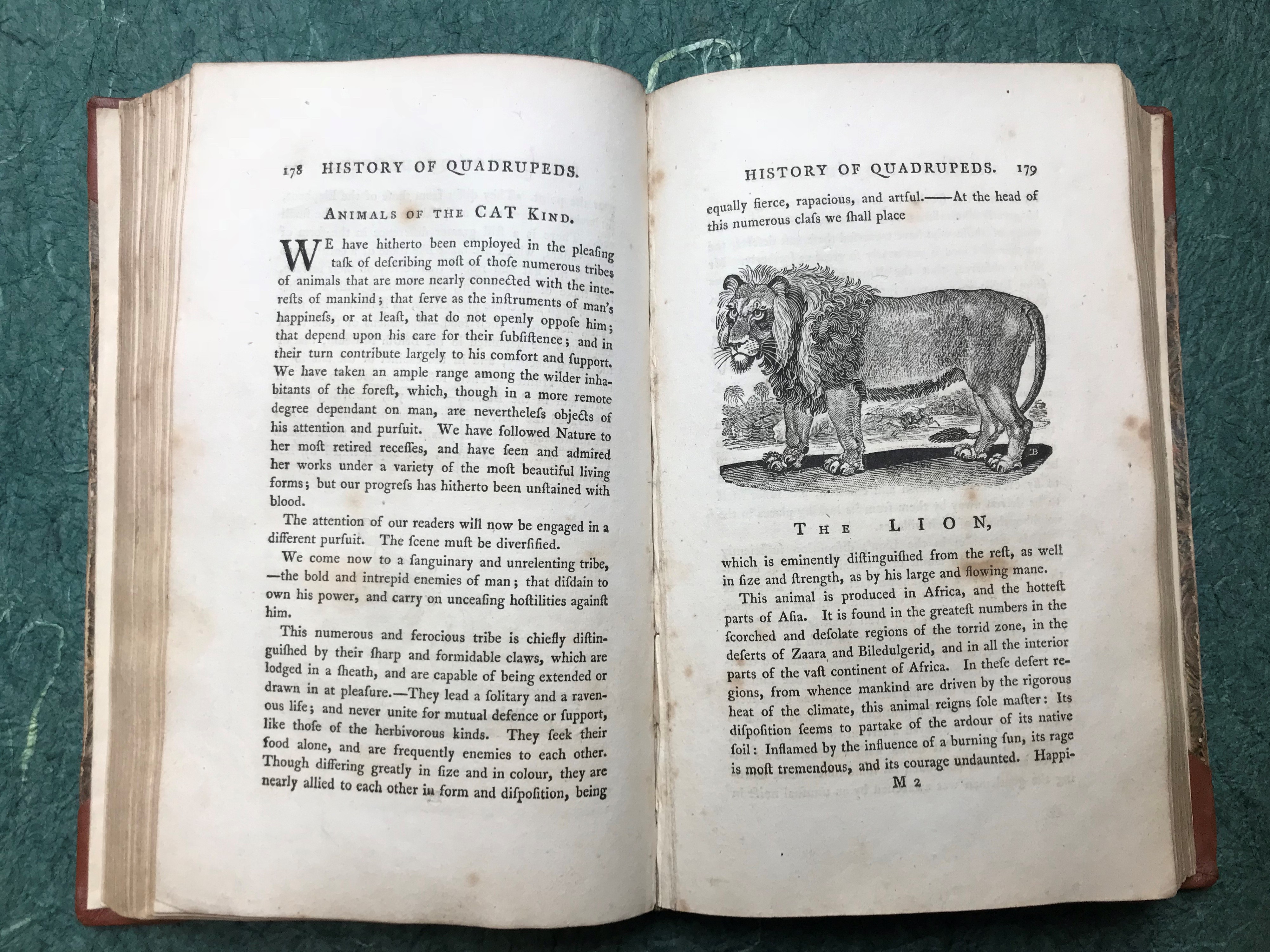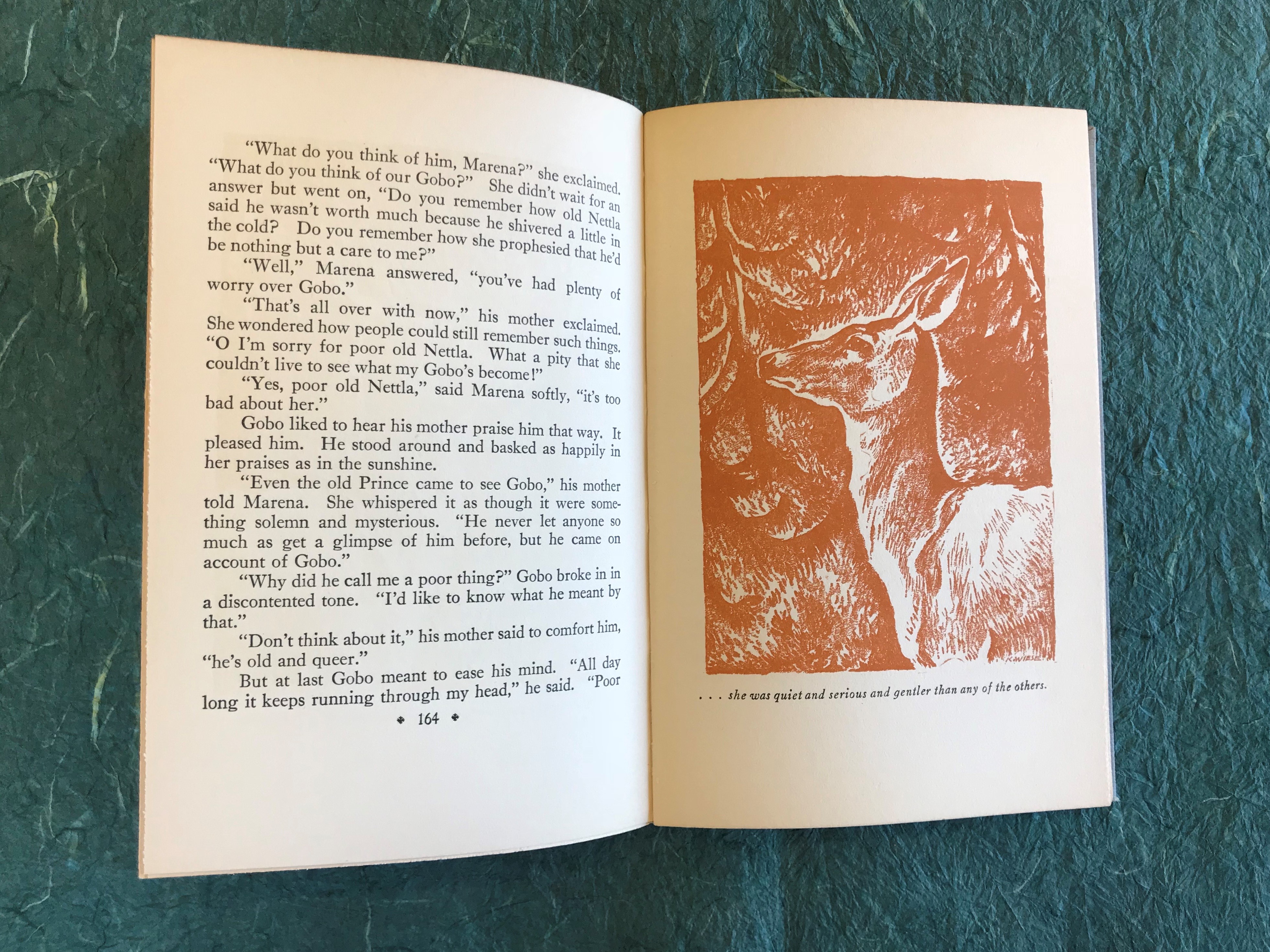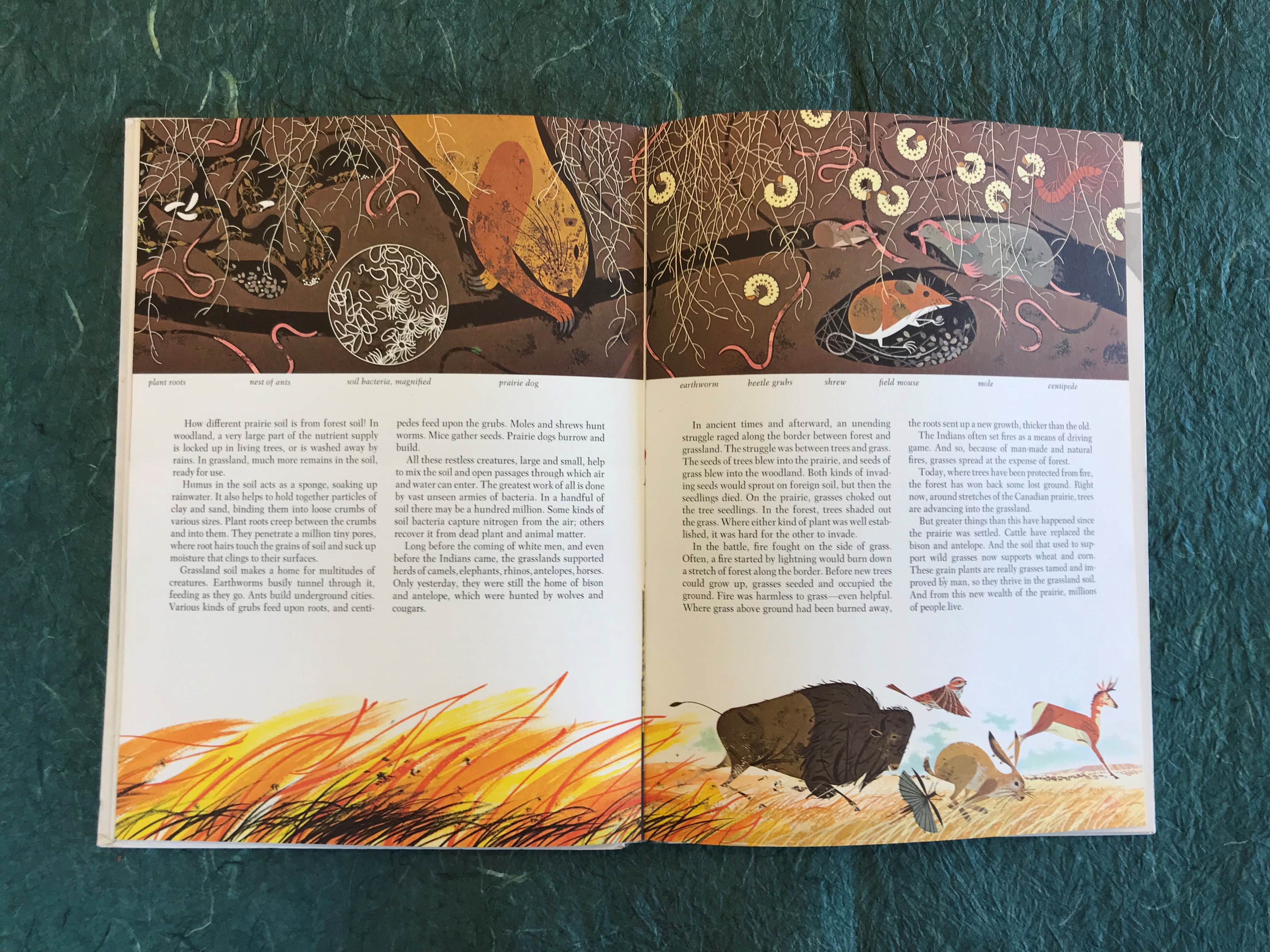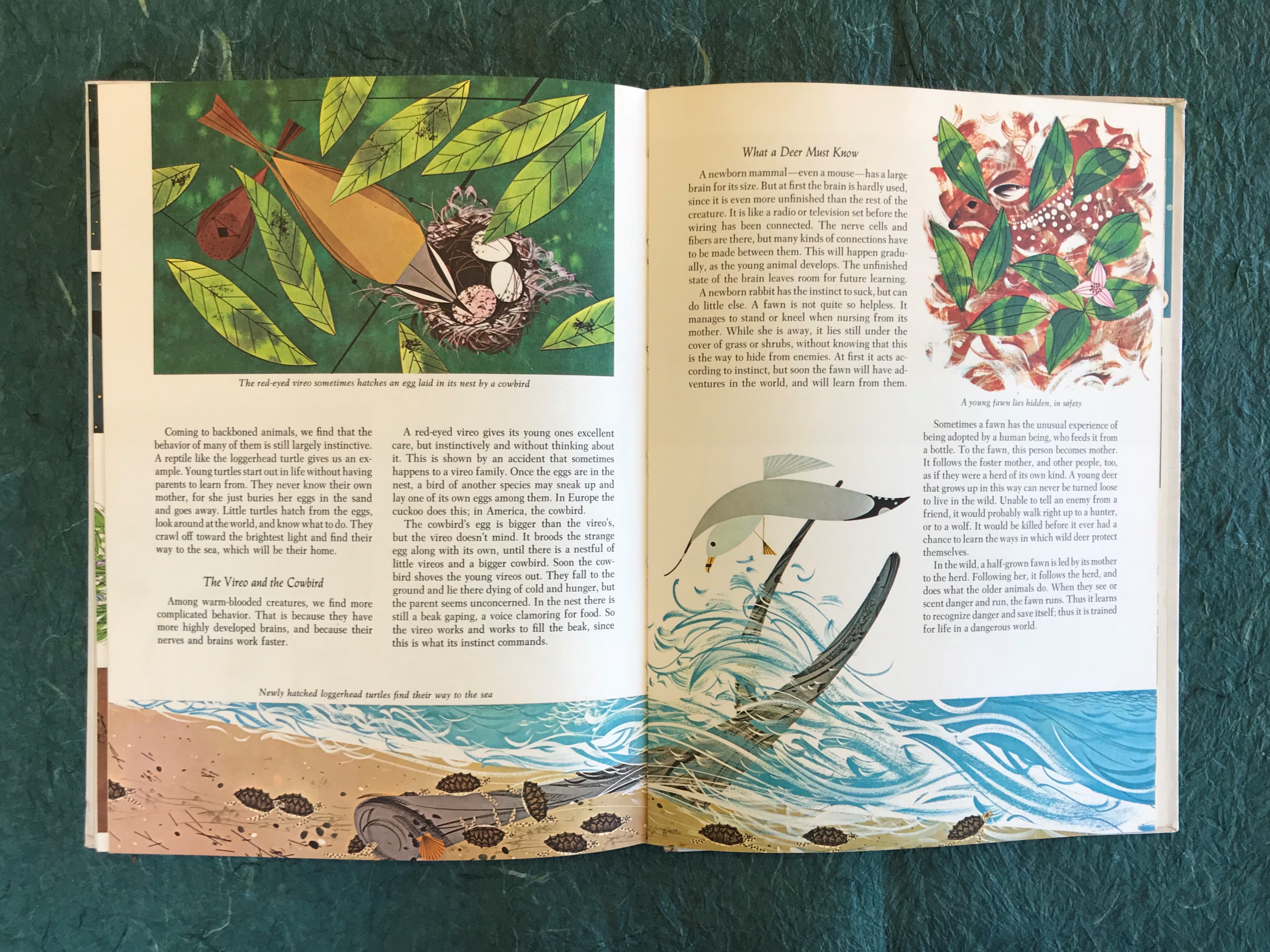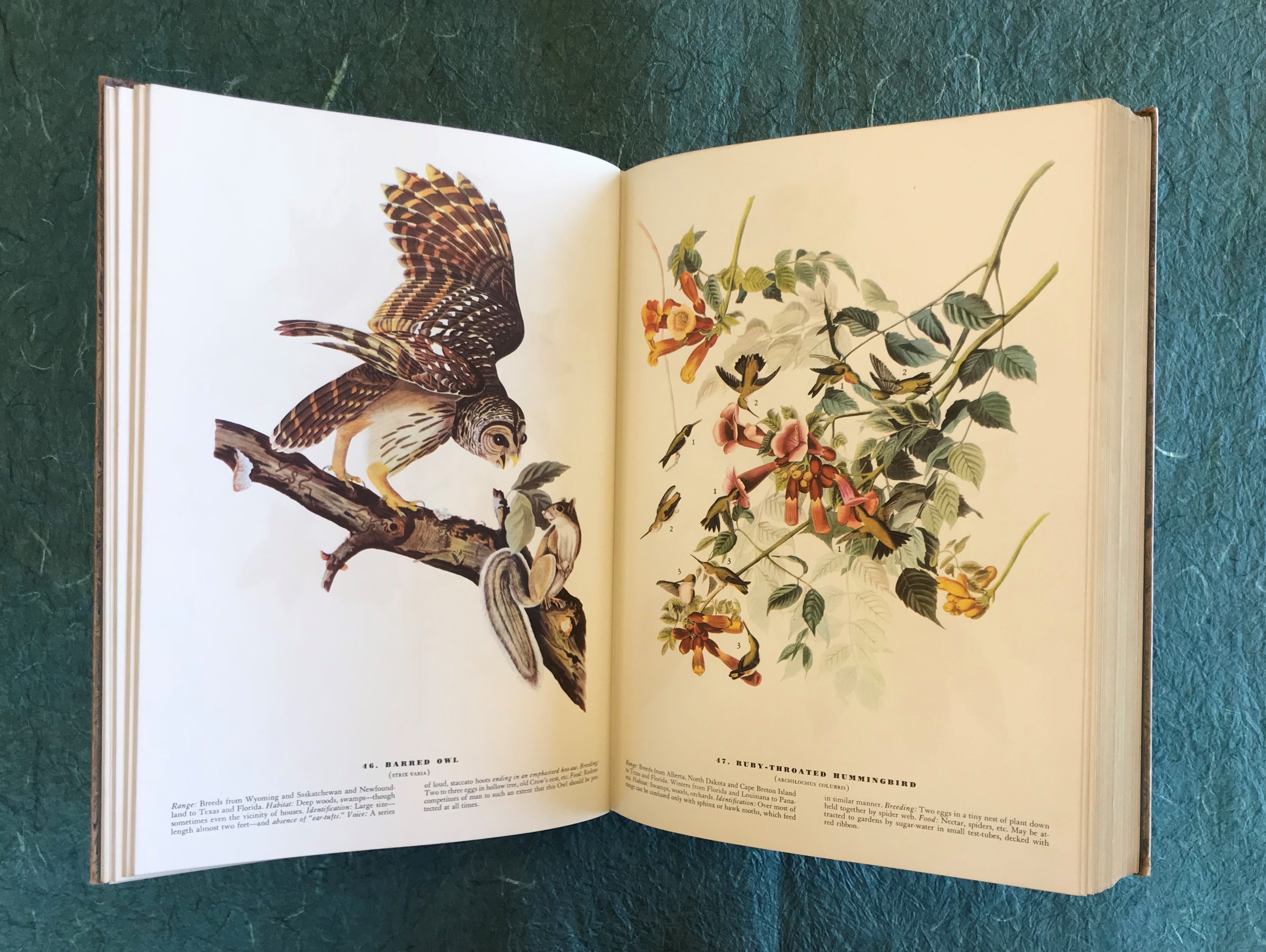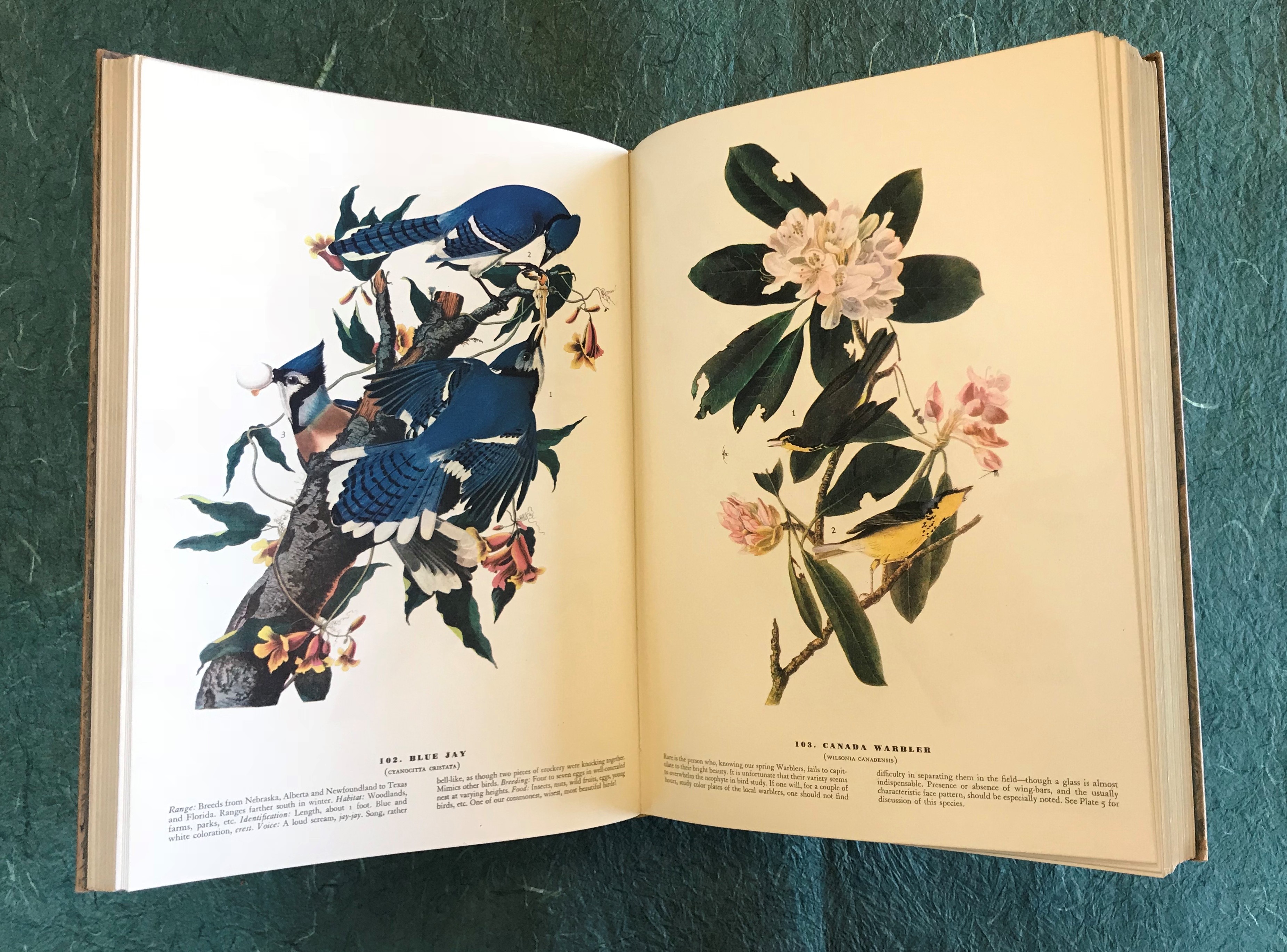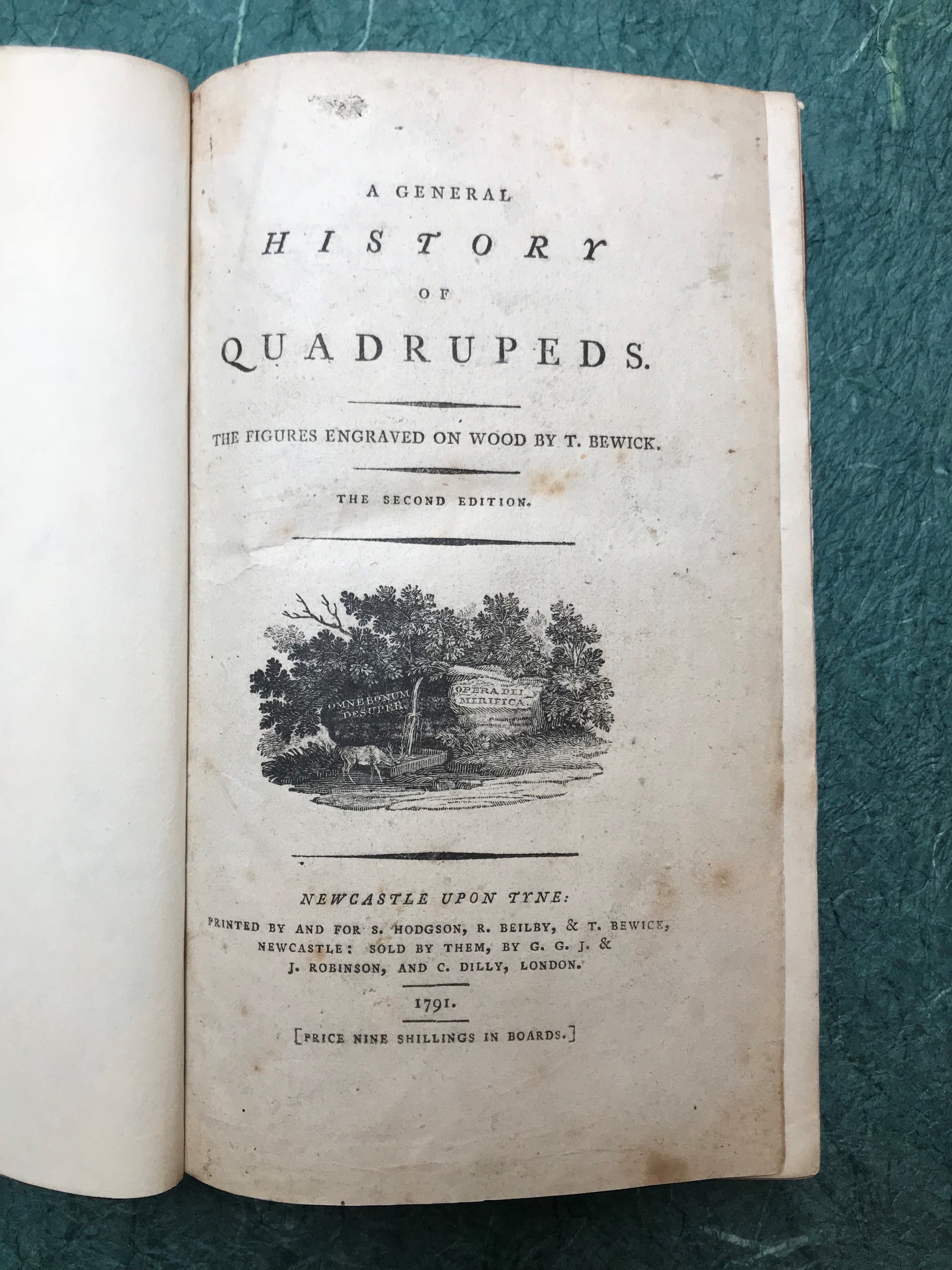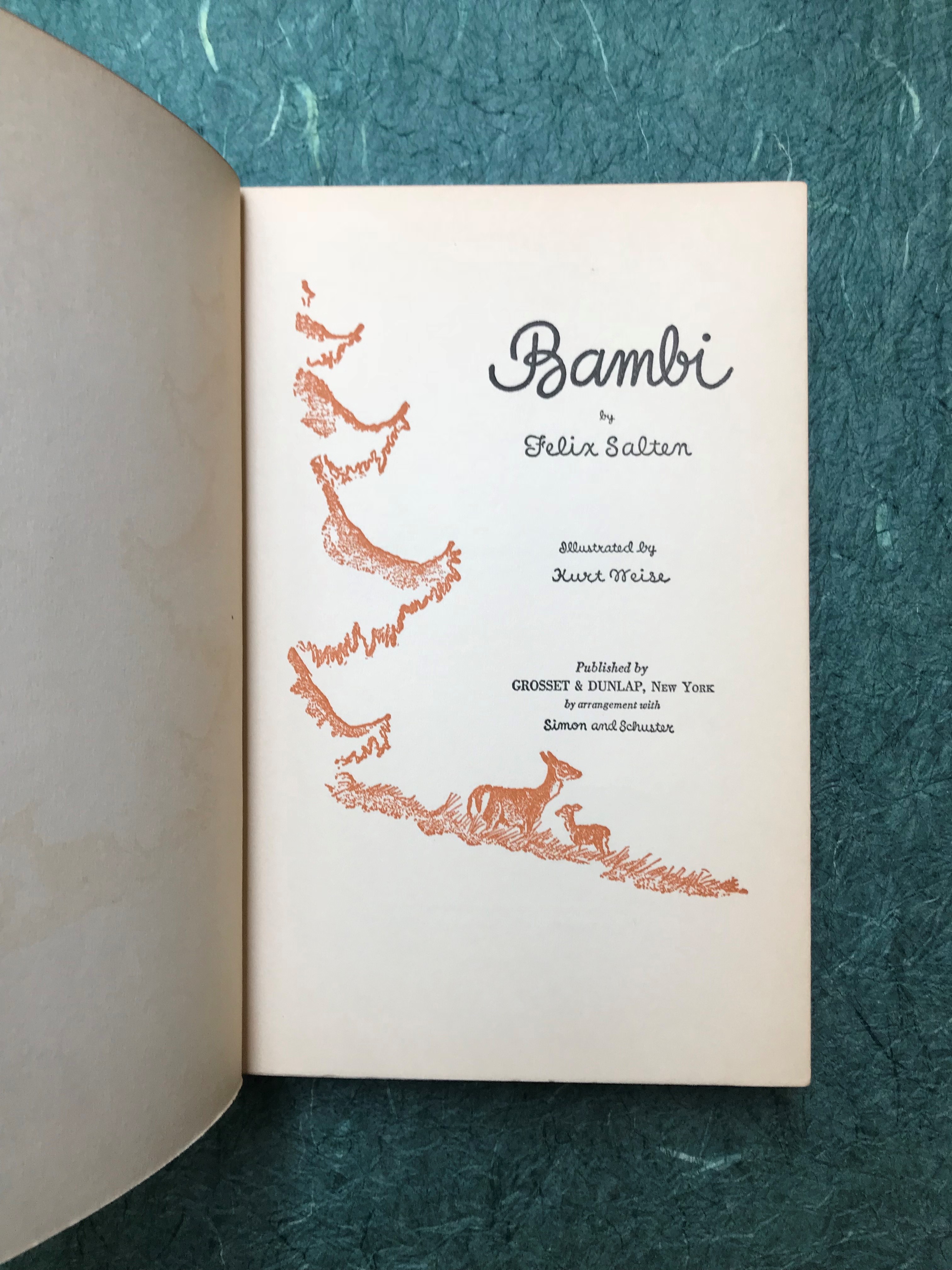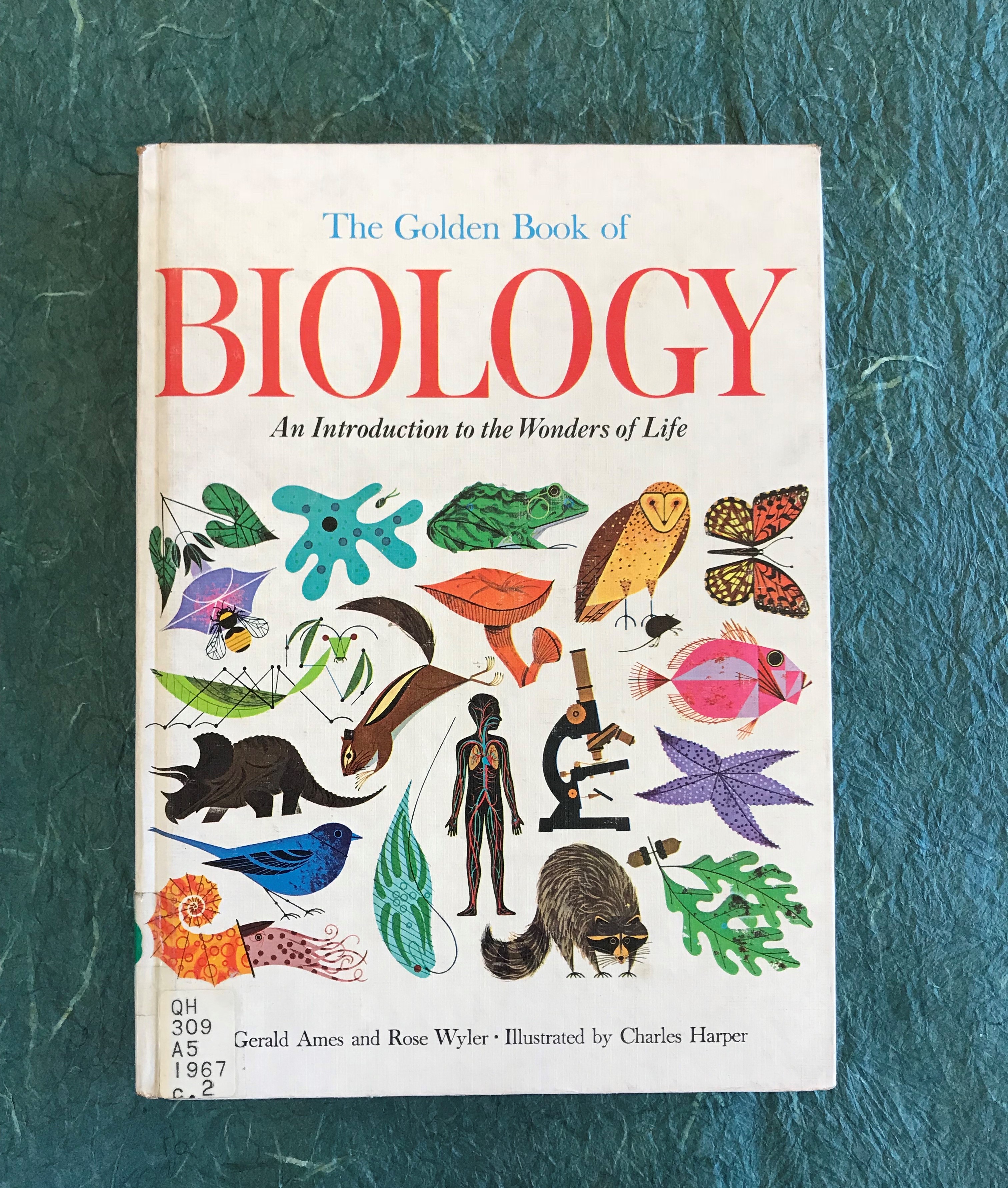- Events & Programs Home
- Calendar
- Accessibility
- Adults
-
Families & Teens
- Families & Teens Home
- 10x10 Teen Art Expo
- Art on the Rise
- Art Together: Art Making for Families with Children Ages 3–5
- Babies Sing with May Festival Minis
- Boy Scouts / Girl Scouts
- CAM Kids Day
- Family Storytime and Gallery Walk
- Family Studio: Art Making for Families with Children Ages 6–12
- Games in the Galleries
- Members-Only Baby Tours
- Public Baby Tours
- REC Reads
- Rosenthal Education Center (REC)
- Saturday Morning Art Class
- See Play Learn Kits
- Summer Camp
- Teen Fest: Zine and Comic Exchange
- RECreate
- Teachers
- Community Outreach
- Fundraisers
- Plan Your Own Event

- Events & Programs Home
- Calendar
- Accessibility
- Adults
-
Families & Teens
- Families & Teens Home
- 10x10 Teen Art Expo
- Art on the Rise
- Art Together: Art Making for Families with Children Ages 3–5
- Babies Sing with May Festival Minis
- Boy Scouts / Girl Scouts
- CAM Kids Day
- Family Storytime and Gallery Walk
- Family Studio: Art Making for Families with Children Ages 6–12
- Games in the Galleries
- Members-Only Baby Tours
- Public Baby Tours
- REC Reads
- Rosenthal Education Center (REC)
- Saturday Morning Art Class
- See Play Learn Kits
- Summer Camp
- Teen Fest: Zine and Comic Exchange
- RECreate
- Teachers
- Community Outreach
- Fundraisers
- Plan Your Own Event
Blog: CAM Uncovered
Blog: CAM Uncovered
- Home
- Plan Your Visit
- Art
-
Events & Programs
- Events & Programs Home
- Calendar
- Accessibility
- Adults
-
Families & Teens
- Families & Teens Home
- 10x10 Teen Art Expo
- Art on the Rise
- Art Together: Art Making for Families with Children Ages 3–5
- Babies Sing with May Festival Minis
- Boy Scouts / Girl Scouts
- CAM Kids Day
- Family Storytime and Gallery Walk
- Family Studio: Art Making for Families with Children Ages 6–12
- Games in the Galleries
- Members-Only Baby Tours
- Public Baby Tours
- REC Reads
- Rosenthal Education Center (REC)
- Saturday Morning Art Class
- See Play Learn Kits
- Summer Camp
- Teen Fest: Zine and Comic Exchange
- RECreate
- Teachers
- Community Outreach
- Fundraisers
- Plan Your Own Event
- Give & Join
- About
- Tickets
- Calendar
- Exhibitions
- Collections
- Blog
- Shop
Animals Illustrated
by Molly Donnermeyer
8/6/2018
Mary R. Schiff Library and Archives , animals , illustrations
Humans are fascinated by the creatures we share our world with. From early on in our evolution we have been drawn to these living things that exist alongside us. From the prehistoric cave paintings of Lascaux to the modernist illustrations of Charley Harper.
The Mary R. Schiff Library and Archives has in its collection multiple titles containing artists’ renderings of animals, including wild, domestic, and everything in between. The books on view were created by a variety of individuals identifying as artists, naturalists, authors, and designers. The earliest of these is A General History of Quadrupeds. This title, published in 1791, contains images of many different species of quadruped (animals with four feet). The images were engraved by T. Bewick, an English engraver and author of natural history. It is believed that T. Bewick developed printing technology that allowed both type and images to be printed on the same page. Included in the book are descriptions of many exotic (for the time) animals including the leopard, and the giraffe, or cameleopard whose “existence has frequently been called into question.”
John James Audubon is renowned for his extensive studies documenting various types of American birds. Audubon’s work Birds in America, a portfolio containing 435 hand-colored plates, has been published in multiple bindings, sizes, and formats. While the Mary R. Schiff Library does in fact own a complete set of the original plates, the book on view here was published in 1937 and contains the full 500 plates Audubon created following the first publication of the original portfolio. His attention to detail is unmatched. Each bird depicted is treated as a masterpiece. During the creation of this ornithological resource Audubon identified 25 new species. His legacy is one of both a scientific nature and artistic.
The story of Bambi was originally published in 1923 in Austria as Bambi: Eine Lebensgeschichte aus dem Walde (or Bambi, a life in the woods). The book was quickly translated into English and became so popular it has now been translated into over 30 languages around the world, and is considered a classic. Thought to be one of the first environmental stories, the narrative follows Bambi and his mother as she teaches him about the world of the forest, its many inhabitants, and the dangers of the world beyond. The copy on view here was published in 1931, and is illustrated by Kurt Weise. The brushy sketch-like style the artist uses conveys both the motion, and stillness of nature and the animals found in it.
Over the years Charley’s paintings and illustrations have appeared in many conservation and nature related periodicals, and on posters for organizations such as the Cincinnati Zoo, National Park Service, Cincinnati Nature Center, Hamilton County Park District, and the Michigan Audubon Society. Currently on view is The Golden Book of Biology, illustrated by Harper and published by Golden Books in 1967. The bright, modern images Harper created bring to life the animals and aspects of nature he so often depicted.
Visit the Mary R. Schiff Library and Archives today to view these unique images from the rare book collection. While you’re visiting make sure to see Make Way for Ducklings: The Art of Robert McCloskey. These works will be on view through the month of August.
Cincinnati, OH 45202
Toll Free: 1 (877) 472-4226
Museum Hours
Museum Shop
Terrace Café
Library
Cincinnati Art Museum is supported by the tens of thousands of people who give generously to the annual ArtsWave Campaign, the region's primary source for arts funding.

Free general admission to the Cincinnati Art Museum is made possible by a gift from the Rosenthal Family Foundation. Exhibition pricing may vary. Parking at the Cincinnati Art Museum is free.
Generous support for our extended Thursday hours is provided by Art Bridges Foundation’s Access for All program.

General operating support provided by:



